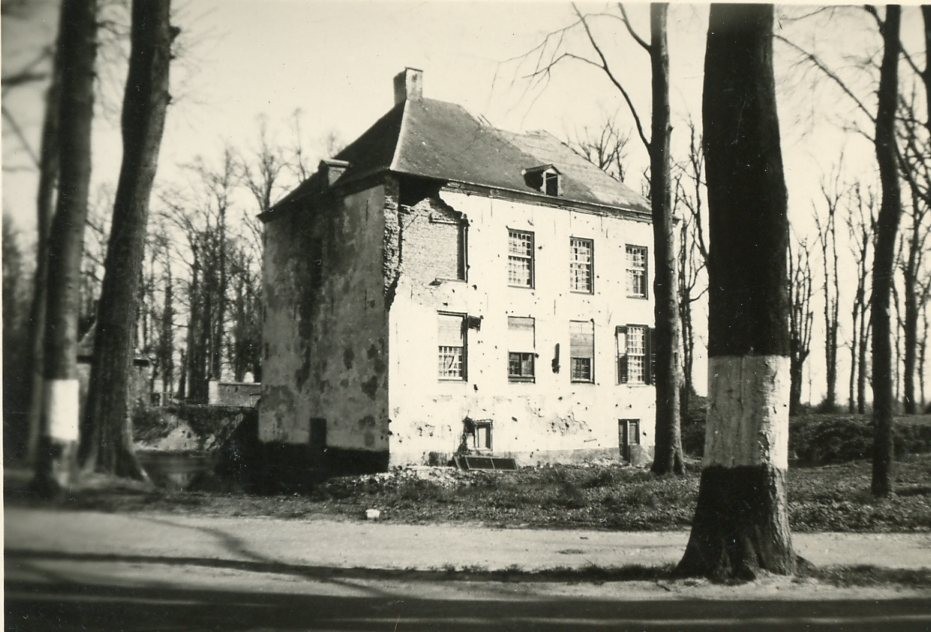Loon op Zand is a key position in the new German defense line. Prior to the battle, residents are forced to dig foxholes. German troops simultaneously blow up trees along Kasteellaan to block the road from the south. The first attack begins on the morning of October 27. The British artillery fire result in the first civilian casualties, including Lady Annette Verheyen who is in the castle at the time of the shelling. The British attack soon runs aground. To break the stalemate, the guns of the 7th Armoured Division, the famous Desert Rats, next fire continuously on the village for eight hours. Despite the unprecedented hurricane of fire and steel, “only” three inhabitants are killed as the tall oaks surrounding the castle catch most of the shells.
It is now the turn of the Highlanders. The commander of the 51st Highland Division, Major General Tom Rennie, decides to launch a large scale attack big. One brigade, 153, about 3,000 men, will attack the village head-on while another, 152, will advance north through the woods to cut off defenders who retreat. The attack will be preceded by the usual preliminary artillery shelling. Another civilian will be killed in the process.
The battle plan succeeds by and large. The frontal attack from the south captures Loon op Zand and most of the German soldiers withdraw to Kaatsheuvel. Only a small group still holds out in the cemetery until darkness falls. The brigade in the woods fails to trap them. However, near the Rustende Jager inn, the Scots capture a German vehicle. To their surprise, it is filled with apples and Dutch cigars of fine quality. The liberators enjoy this unexpected reward for months to come.
